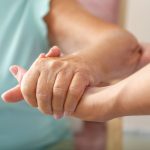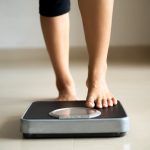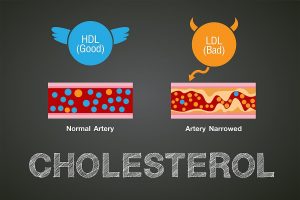
The death of a parent is heartbreaking for a child or teenager, and those who experience it are known to be at an increased risk for depression and other mental health issues later in life. But a new study finds that children who participated in a bereavement program with their families following the loss of a parent were significantly less likely to experience depression up to 15 years later. Soon, the program will be available online. Study author Irwin Sandler, an emeritus professor with Arizona State University affiliated with the ASU REACH Institute in the Department of Psychology, said he and the other researchers had a theory about whether they could prevent depression in children after parent loss with the program. “It turns out we were right,” Sandler said. The program enrolled 244 kids ages 8 to 16 who had lost a parent between three months and 30 months before the study. It also enrolled their surviving caregivers, which is an important part of the program. This randomized, controlled trial included a total of 156 families. The families were either in the control group, mailed three age-appropriate books about dealing with grief, or they participated in 12 sessions of the bereavement program. Those who did the program had specific caregiver sessions, separate youth sessions, and then came together for two joint sessions to practice their… read on > read on >
























-300x200.jpg)













